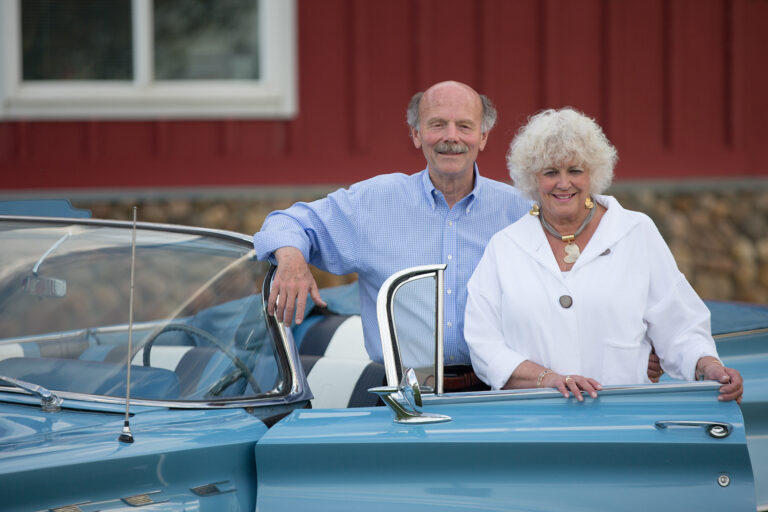Athletic scholarships are awarded to student-athletes with the drive and passion to succeed, like pro Bison Easton Stick and Trey Lance. Meet...
Read MorePlaying Through the Fourth Quarter
Steve Stephens' ('69, '71) NDSU experience helped prepare him for a lifetime of accomplishments and adventure. The qualities he gained as a student-athlete helped enhance his career in human resources leadership. He also continued pursuing athletic endeavors even after age 60, completing many full and half marathons, earning multiple Michigan Senior Olympic medals, and climbing Mount Kilimanjaro in Africa. Understanding the value of a scholarship firsthand, he established a scholarship endowment to help current NDSU students further their own academic and athletic experiences.
By Micaela Gerhardt | July 21, 2021
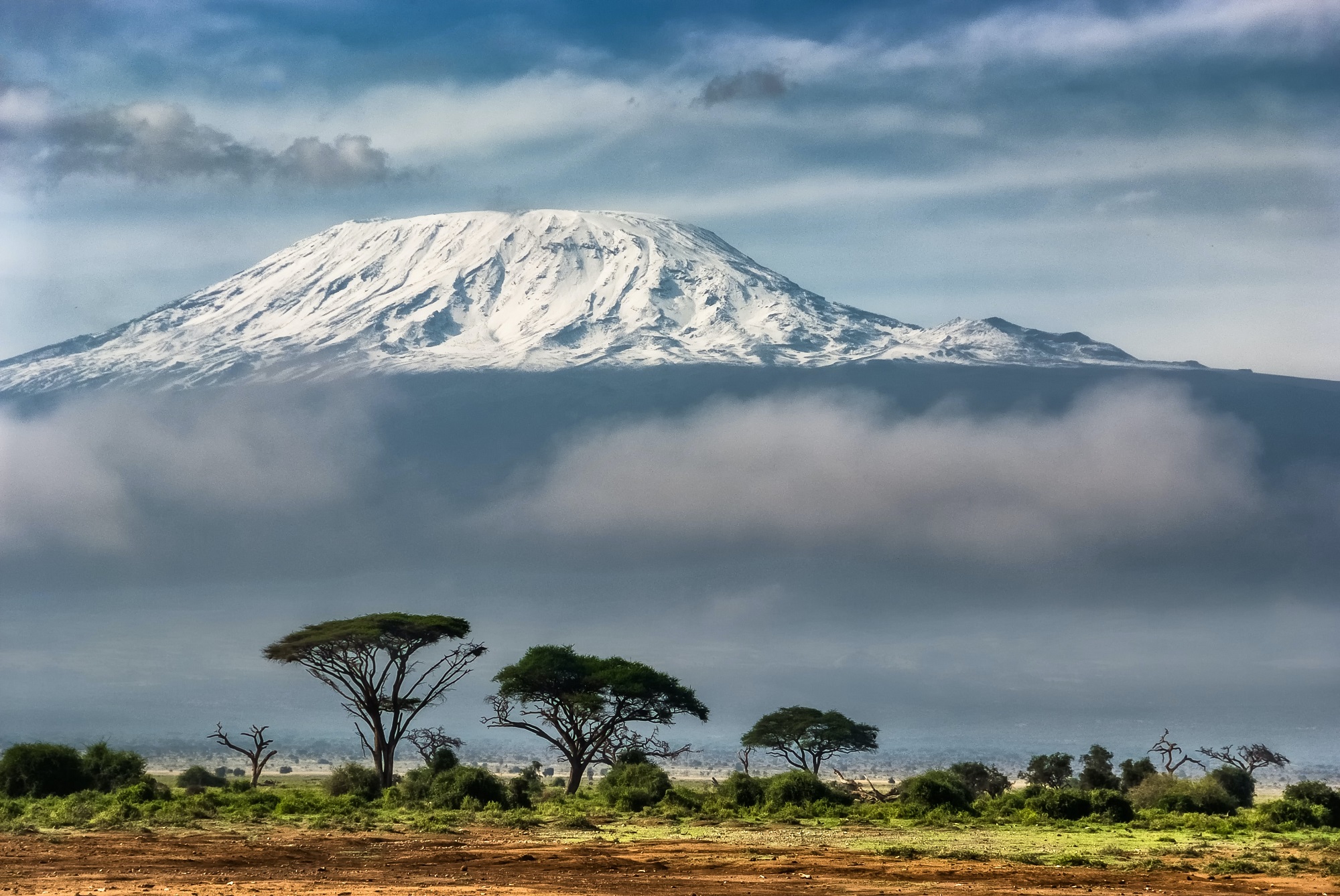
Towering over the grasslands, Mount Kilimanjaro in Tanzania is the largest free-standing mountain in the world, and is recognized for its flat, snow-covered peak. Some locals refer to it simply as “Kibo,” meaning “the bright” due to the way the sun reflects off its icy exterior.
The mountain is a looming, powerful symbol to people with an adventurous spirit. In Hemingway’s The Snows of Kilimanjaro, he writes, “Kilimanjaro…is said to be the highest mountain in Africa. Its western summit is called the Masai ‘Ngàje Ngài,’ the House of God. Close to the western summit there is the dried and frozen carcass of a leopard. No one has explained what the leopard was seeking at that altitude.”
What anyone is seeking at 19,341 feet may be difficult to articulate — for some it’s the thrill of overcoming a challenge, for others it’s spiritual journey or a new way of experiencing the world — but whatever the reason, and despite the inherent risks, thousands of people attempt to summit the mountain each year.
Growing up in Anaheim, California, Steve Stephens ’69, ’71 had never experienced snow. Then, during his senior year of high school in 1965, Steve was contacted by the school career counselor, former Bison student-athlete and coach Cliff Rothrock, about the opportunity to apply for an athletic scholarship to North Dakota State University. In 2017, Steve paid it forward by establishing a scholarship endowment to support football student-athletes competing at NDSU.
“My parents didn’t have the financial resources to pay for my college,” Steve said, “and I think Cliff recognized I was the kind of person that could make the adjustment and go to a different place, a different culture.”
At that time, NDSU football had many prior losing seasons, including an 0-10 record in 1963. But by 1964, with famed head coach Darrell Mudra leading the way, the Bison played a 10-1 season and in 1965, they won the NCAA College Division Football Championship at the Pecan Bowl in Abilene, Texas.
Steve was awarded a football scholarship to NDSU that fully funded his undergraduate education. It was an exciting opportunity to play, study, and mature away from home. But when Steve moved to North Dakota, he was in for a shock. Winters were long, and in March 1966, a historic blizzard brought more than 15 inches of snow to Fargo-Moorhead.
Practices and games were held at Dacotah Field, an all-outdoor facility. There was no climate-controlled sports bubble, no Fargodome. At certain times of the year, practices were made particularly difficult due to snow, wind, rain, and cold temperatures.
“It was a major adjustment, as I recall,” Steve said, “but you appreciate the resilience of the North Dakota people.”
In 1968, following an undefeated season, NDSU’s football team was selected to play in the Pecan Bowl once again, this time versus Arkansas State, another highly ranked team. While today, thousands of NDSU fans travel to Frisco, Texas, and fill Toyota Stadium to celebrate the Bison when they make it to the championships, the cheering section in Arlington, Texas, in 1968 was much smaller.
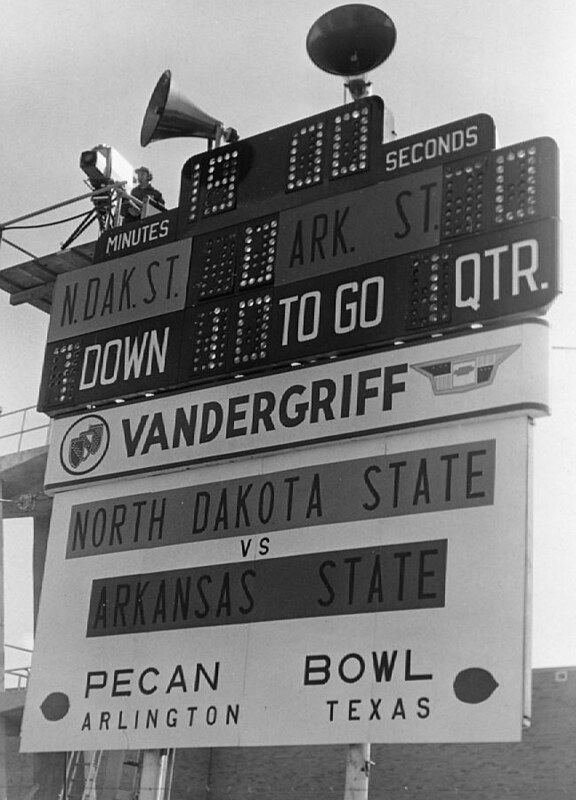
“You know, there’s so many people who go down to the bowl games in Texas now — it’s unbelievable!” Steve said. “It’s great, but it wasn’t that kind of a thing back then — sitting with fans behind us, parties, Team Makers — that really wasn’t the case.”
Still, the Bison had a winning spirit and a strong desire to perform well. Under the leadership of head coach Ron Erhardt, who later went on to coach the Patriots, Giants, Steelers, and Jets, they spent two weeks conditioning diligently in preparation for the big game.
“This was our first chance to play a different level of team than what we had in our conference, so preparing was a big deal,” Steve said. “We wanted to be proud, to represent the university well.”
In the first half of the championship game, NDSU led the way. Arkansas State hustled to catch up and scored two fourth-quarter touchdowns, but the Herd prevailed 23-14.
“It was a close game, and I think that’s part of the whole idea,” Steve said. “We knew we were ahead, but we couldn’t live on our laurels, right? Even today, I think NDSU is noted for being able to stop teams in the end when it’s close, or they would excel and actually score at the end because they played the whole game. They don’t let it psych them out.”
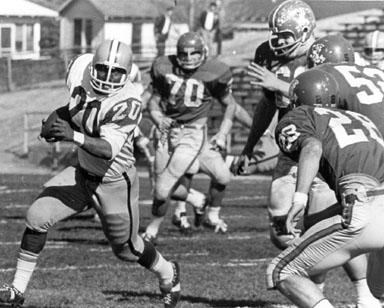
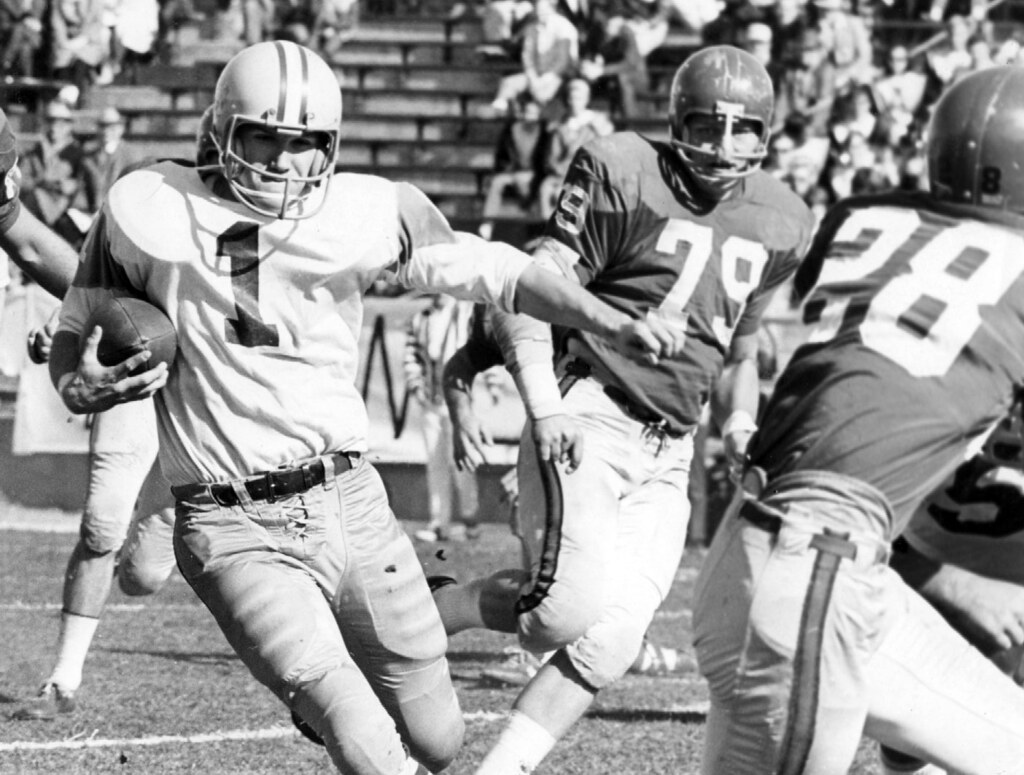
In 2008, Steve and the entire 1968 football team were inducted into the NDSU Bison Athletic Hall of Fame. Looking back, Steve recognizes a few assets his team had — excellent coaching, team-players, good running backs, a persevering attitude, and strong physical conditioning.
“I think we ended up exceling in some of these games — even though we may have played against better individual players — because we really practiced hard to be sure we were conditioned at a high level so the team’s not going to beat us because we’re out of shape in the fourth quarter,” Steve said. “In the ’68 game, I think we just said, ‘Alright, we’re in condition, we’re well-coached. We have to keep our game plan.'”
At NDSU, Steve developed resilience academically as well as athletically. He received guidance from Dr. Joy Query, an NDSU professor and former head of the sociology department. After learning some of Steve’s goals and interests, she encouraged him to pursue sociology and double major in another area that would give him even more career options in the future.
His mom also frequently sent him letters emphasizing the importance of his education, and he spent hours studying in his room every day, prioritizing good grades above everything.
“My mom kept saying, ‘It’s great that you’re an athlete, but you also have to look at the future, when you get a job after you graduate,'” Steve said. “I listened to her pretty closely, and I think it helped me realize that when I got a job, they’d be looking at my grades.”
With encouragement from his family and guidance from NDSU’s faculty and staff, Steve went on to earn his bachelor’s degree in sociology and economics and his master’s degree in social science from NDSU.
Depending on the route, the hike up Mt. Kilimanjaro begins around 7,000 feet in a humid environment, but as hikers ascend, the temperature and vegetation change drastically. From base to summit, the mountain has five different climate zones: the foothills of the bushland; the lush tropical rainforest; the temperate moorland with low-growing shrubs and grasses; the rocky terrain of the alpine desert; and the glaciers and ice fields of the mountain arctic.
Experience the five different climate zones on Mount Kilimanjaro in this short film by Laurence Hills (Video courtesy of Vimeo)
Hikers risk altitude-sickness if they ascend Mt. Kilimanjaro too quickly. There are multiple routes to take up the mountain spanning between 23 and 56 miles, taking anywhere between five to nine days to complete. Many of the Sherpas and guides repeat the mantra, “Pole, pole,” meaning “slowly” in Kiswahili, encouraging hikers to pace themselves. The longer people spend on the mountain, the more likely they are to successfully summit because their lungs and bodies have had more time to acclimate to the changing conditions.
As Steve prepared to hike Mt. Kilimanjaro, spending two hours on the treadmill nearly every day, he remembered his experiences training as a student-athlete at NDSU.
“The marathons, Mt. Kilimanjaro…I’ll tell you what, I don’t think I’d have done those without having had to go through practices and conditioning when I was back at NDSU,” Steve said. “When you’re running a marathon or climbing a mountain, you better be preparing and training every day, heavy-duty, and I had to do that in my 60s.”
Steve opted to hike Mt. Kilimanjaro via the Lemosho route, a 42-mile hike. The route begins on the west side of the mountain and crosses over the Shira Plateau, then on to the summit. It’s typically completed in seven to eight days. As they hiked, Steve and his cohort drank lots of fluids to stay hydrated, ate hearty vegetables and proteins to stay energized, and tried to keep as warm and well-rested as possible.
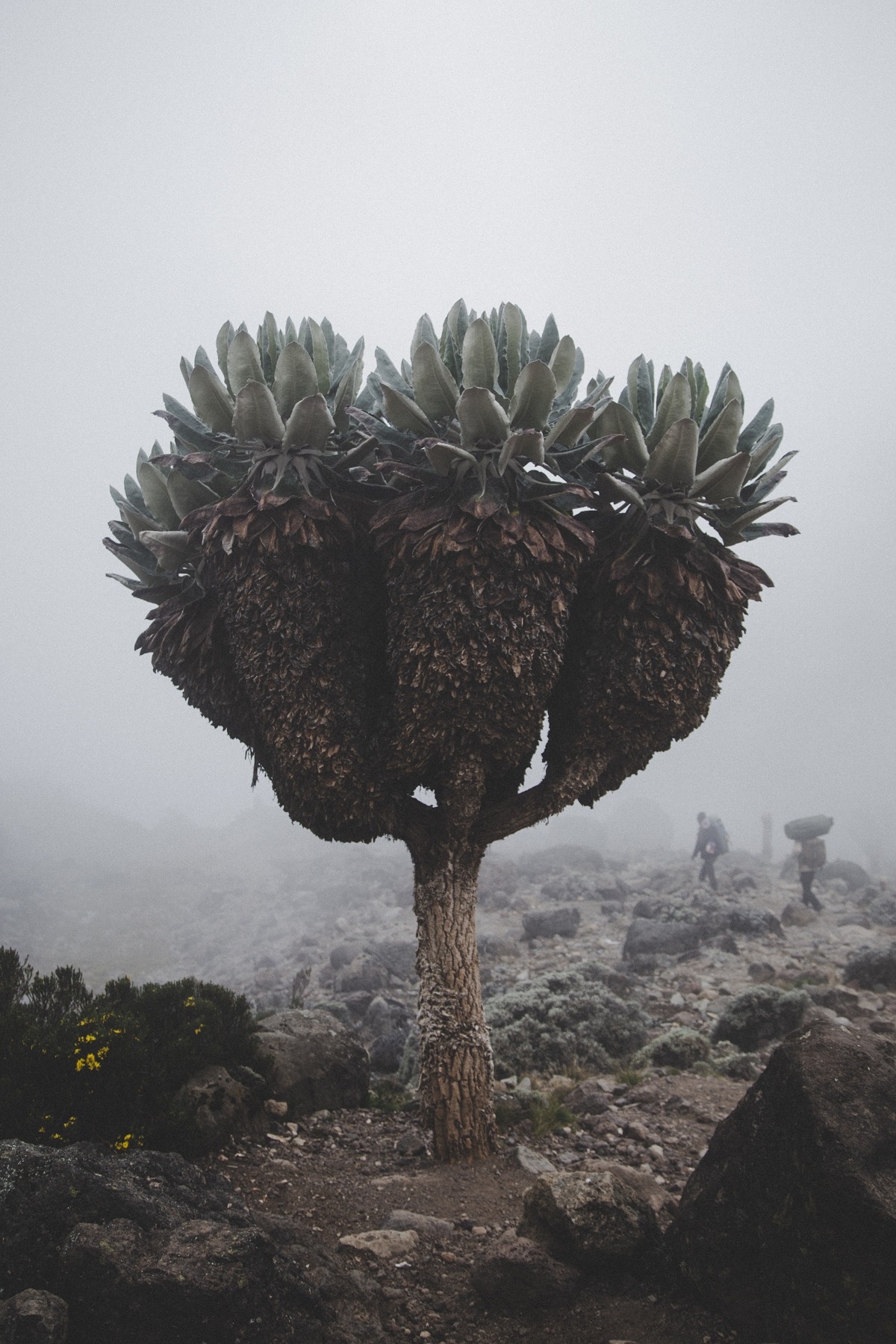
(Photo couresty of Peter Conlan via Unsplash)
Motivated by gratitude, Steve established a football student-athlete scholarship endowment at NDSU. He said he wanted to give back to NDSU Athletics who had given so much to him. But most importantly, he said Stefanie Kelly, director of athletic development, Twin Cities, has kept him connected to NDSU and his scholarship recipients.
“She understands what I’m looking for in the students I invest in,” Steve said, “Not just a superstar athlete, but a serious student as well.”

As Steve looks back on his time as a student-athlete at NDSU, he feels his experience and education helped prepare him for a gratifying career and a lifetime of adventure. In establishing a scholarship endowment, he aspires to guide current NDSU students toward a successful future.
“I hope each scholarship recipient will gain life-enhancing Bison qualities,” Steve said, “qualities of initiative, determination, cooperation, and respect that they will carry forward into their careers and life-long accomplishments.”
He advises current students not to take the easiest route through.
“What’s the career you want to get into?” Steve asks them. “The companies and organizations are going to be selective, so if you want to compete you have to consider that. You’re going to have to apply yourself.”
Steve remains an ardent fan of the Bison as well. Over the years, he has attended multiple NCAA Championship games in Frisco, Texas.
“I cheer on NDSU football because I’m very proud of the team and its history,” Steve said. “I enjoy the mutual respect, strong teamwork, and full effort on every play.”
To reach the peak of Mount Kilimanjaro as safely as possible, hikers must begin their trek to the summit at night, in total darkness. At 11 p.m. on the fifth day of hiking, Steve and his cohort awoke at their basecamp at 16,000 feet; they had slept only a few hours since their arrival at 6 p.m. The hikers dressed in warm, insulated clothing. At such a high altitude, and without any sunlight providing warmth, the hike through the arctic climate zone would be punishingly cold.
When they began the summit hike, it was too dark for Steve and his fellow hikers to see the mountain peak they were ascending. Still, they pressed on, resting from time to time to help the hikers acclimate to the decreasing oxygen levels, but not so long that people lost the body heat they gained while moving.
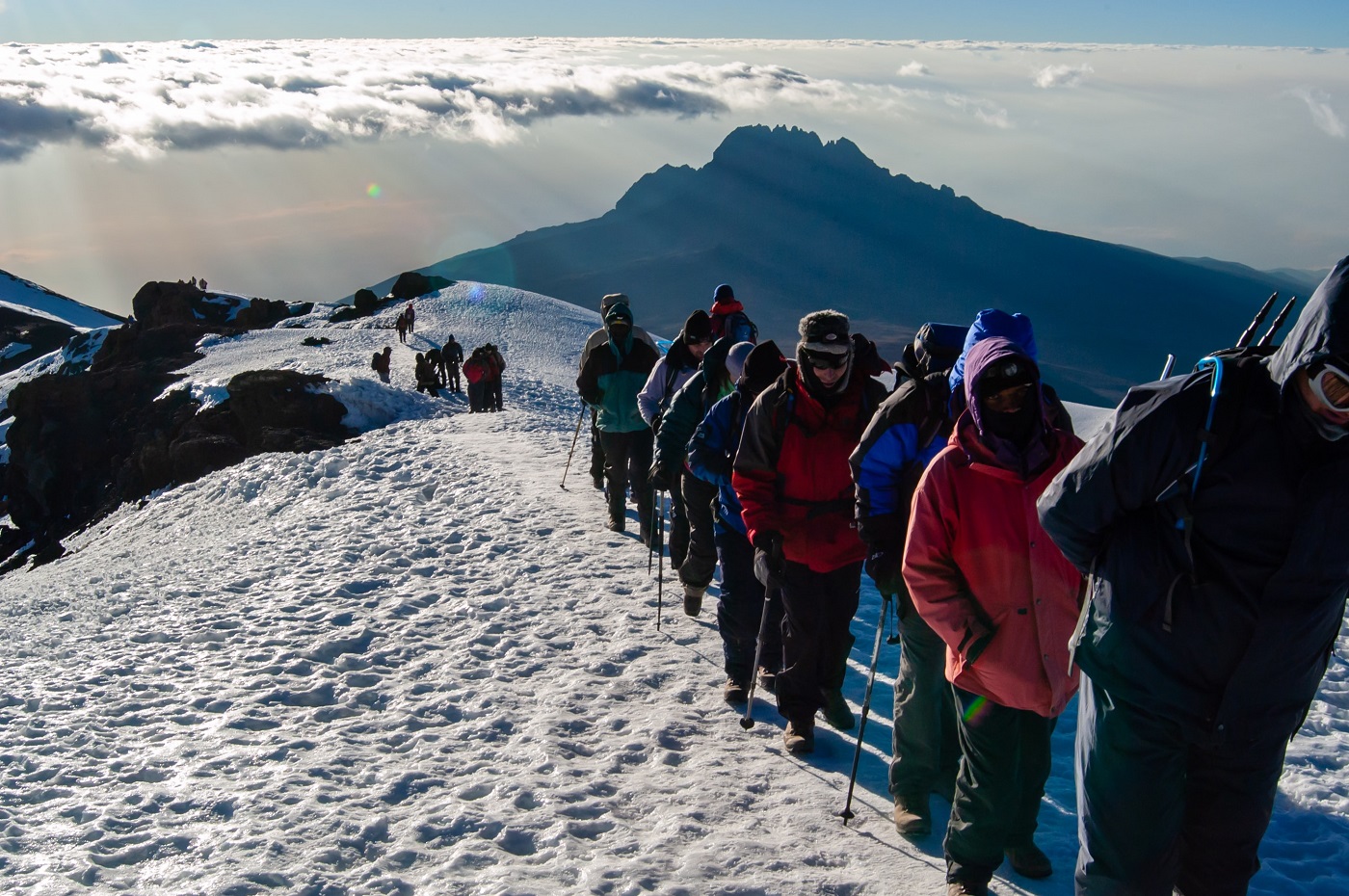
After about seven hours of hiking, Steve reached the summit. He was 65 years old. It was sunrise, the snow glistened in the growing light, and the temperature was zero degrees.
“I knew that I could do it,” Steve said. “I remembered back in the old days at NDSU — the training, the conditioning, the fourth quarter — you can’t let up psychologically or physically. Conditioning is important, but it’s a mindset too.”
_____
If you would like to contribute to the Steve Stephens Football Student-Athlete Scholarship Endowment or receive information on how to fund your own endowment, contact Jack Maughan, NDSU senior associate athletic director, via email or Stefanie Kelly, director of athletic development, Twin Cities, via email.
Share This Story
Related Stories
Defining Success in the NFL and After
Former Bison fullback Chad Stark shares how NDSU set him up for success on and off the field.
Read More